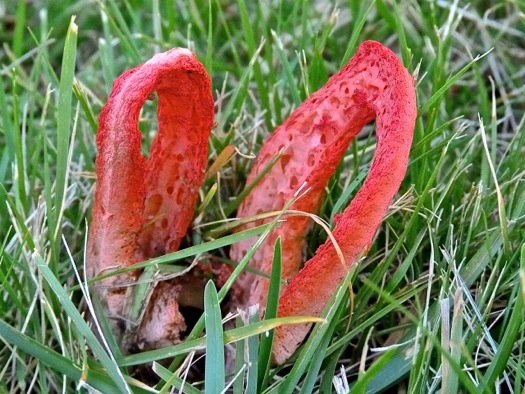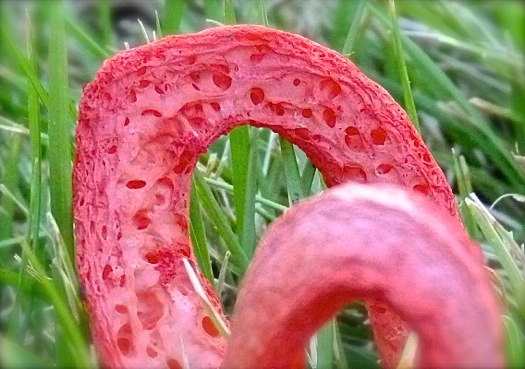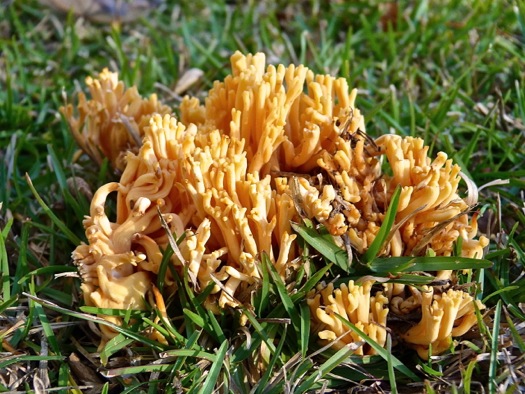Christmas at Arlington House
 Sunday, December 13, 2015 at 7:00PM
Sunday, December 13, 2015 at 7:00PM Arlington House is located on six acres in Old Elyton, the first County Seat of Jefferson County in Alabama. Judge William S. Mudd built this Greek Revival home between 1845 and 1850. Judge Mudd was one of the ten original founders of Birmingham in 1871, and the new city grew up around Elyton. Arlington is among the few antebellum-era homes to survive the American Civil War in the 1860s. It was occupied by Union troops toward the end of the war, and no one knows why the home was not burned when the troops left, which was the fate of most other estate homes. It has been on the National Register of Historic Places since 1970.
Judge Mudd was one of the ten original founders of Birmingham in 1871, and the new city grew up around Elyton. Arlington is among the few antebellum-era homes to survive the American Civil War in the 1860s. It was occupied by Union troops toward the end of the war, and no one knows why the home was not burned when the troops left, which was the fate of most other estate homes. It has been on the National Register of Historic Places since 1970.
Every year various decorators and clubs decorate the historic home for Christmas, and I looked forward to my visit this year.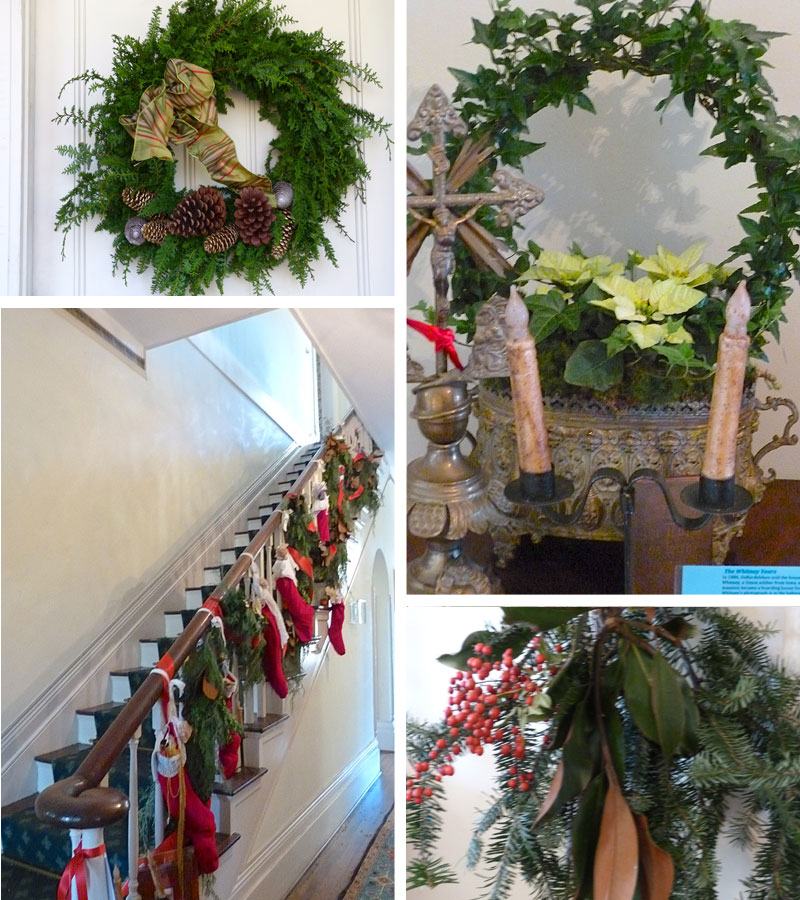 Fresh greenery is used in wreaths and swags throughout the home.
Fresh greenery is used in wreaths and swags throughout the home.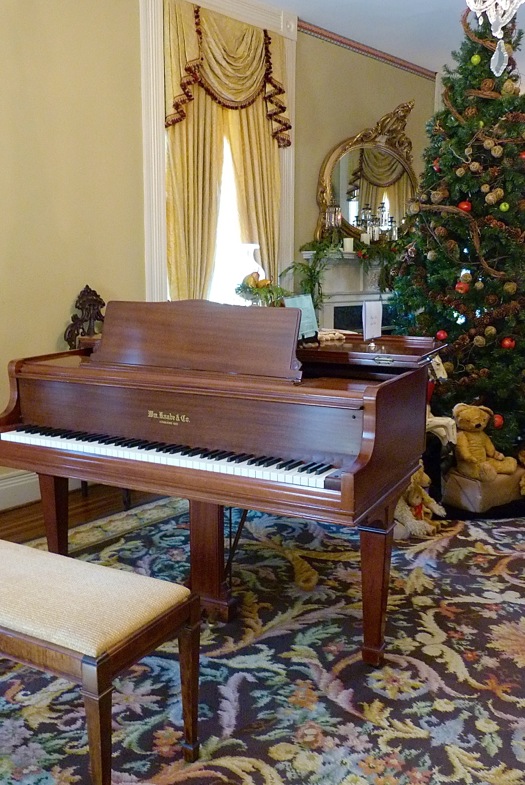 The Munger Parlor.
The Munger Parlor.
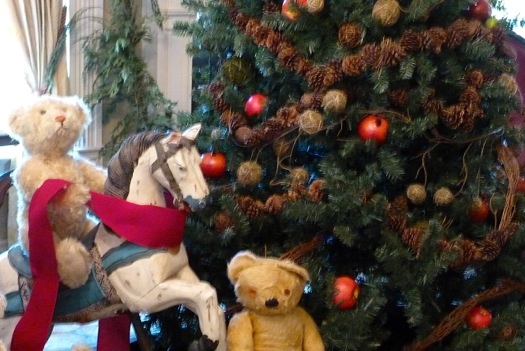 Charles S. Munger became owner of the property in 1902, and he was responsible for many renovations, including the addition of plumbing and electric lights.
Charles S. Munger became owner of the property in 1902, and he was responsible for many renovations, including the addition of plumbing and electric lights.
 The DeBardeleban Dining Room
The DeBardeleban Dining Room The Mudd Sitting Room
The Mudd Sitting Room
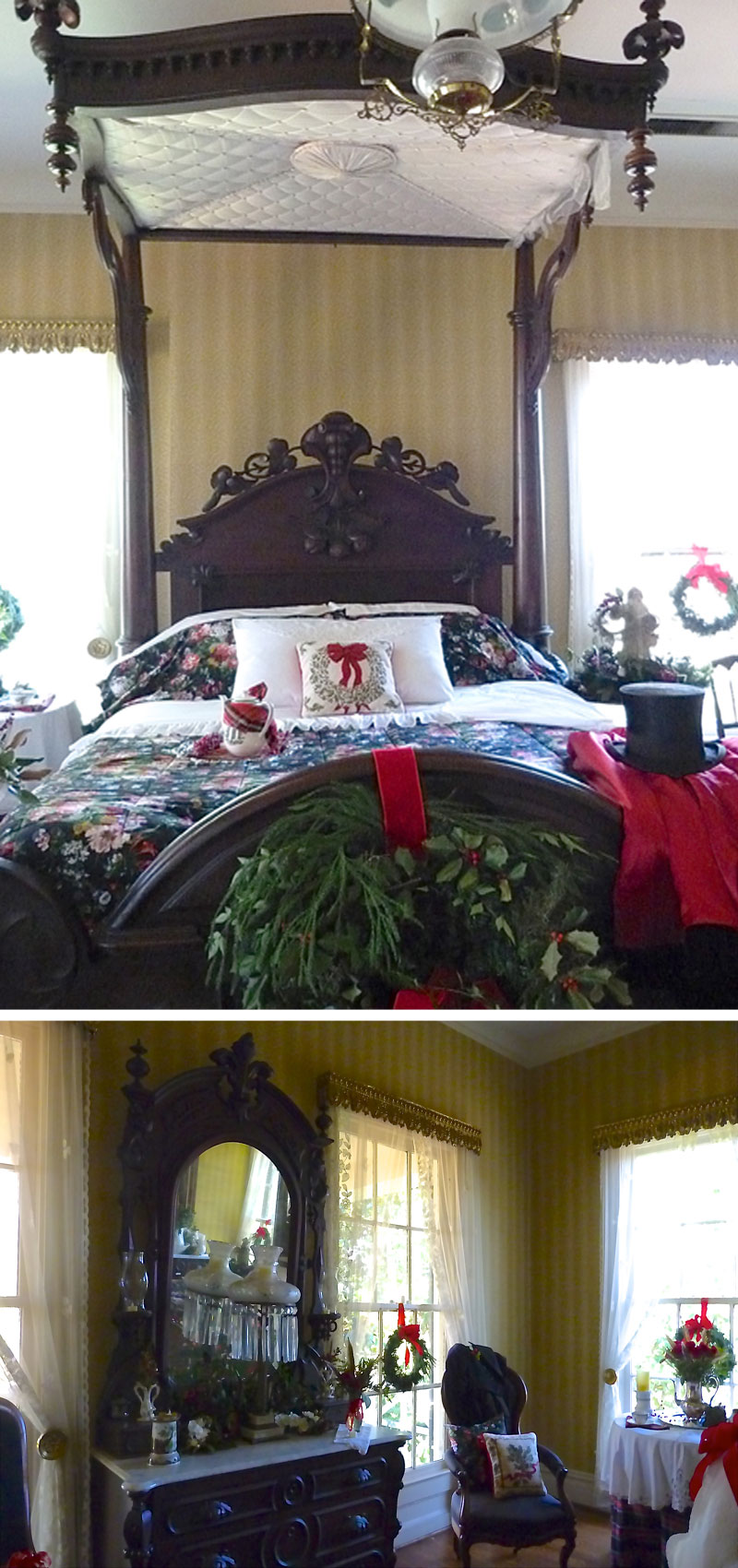 The Master Bedroom
The Master Bedroom
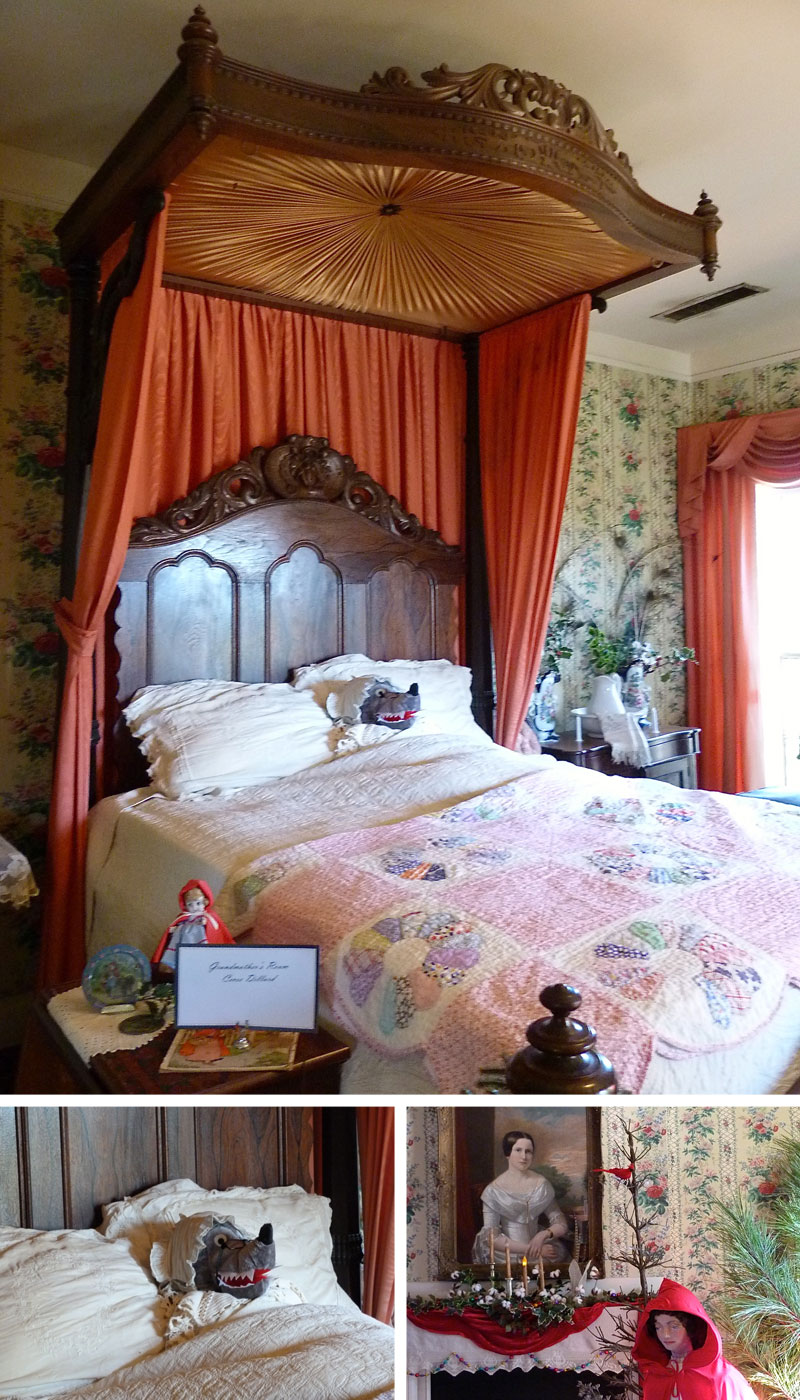 "Grandmother's" Room - I am not sure if the elegant lady in the portrait would appreciate the theme from Red Riding Hood!
"Grandmother's" Room - I am not sure if the elegant lady in the portrait would appreciate the theme from Red Riding Hood!
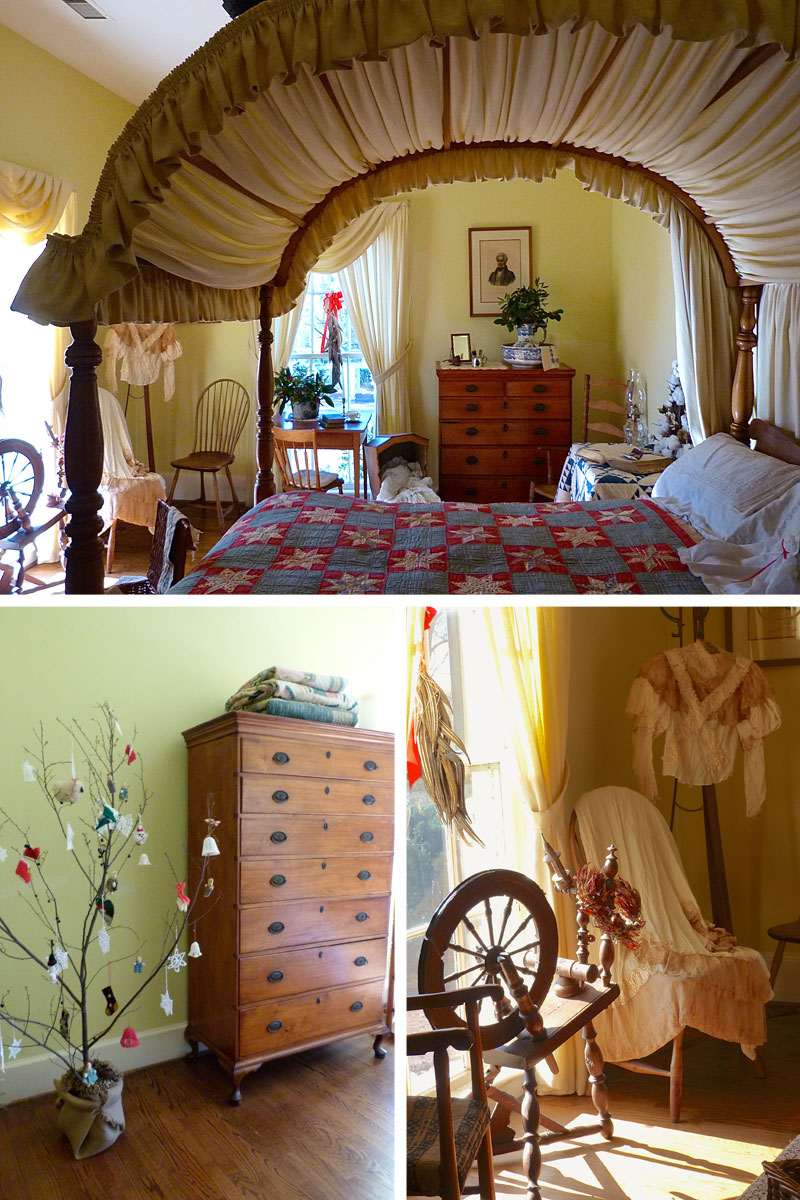 The Pine Room - This room was decorated by the Morning Glories Garden Club, a federated garden club for Jefferson County and surrounding areas.
The Pine Room - This room was decorated by the Morning Glories Garden Club, a federated garden club for Jefferson County and surrounding areas.
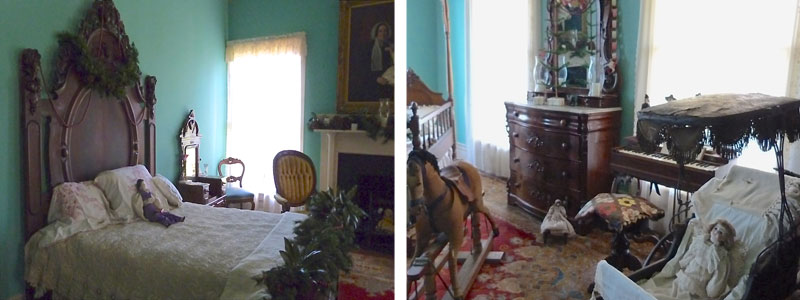 The Children's Room
The Children's Room
The following three images are of the kitchen, located in a separate building behind the house. The walk between the kitchen and the house was called the "Whistler's Walk," supposedly because the servants had to whistle while bringing meals to the main house. Since they could not chew and whistle at the same time, this prevented them from sneaking bites of the food!



You may also enjoy my previous posts : Holiday Decorating Ideas, Part I and Holiday Decorating Ideas, Part II, about a much more modern but beautifully decorated home.
Best wishes to you all! Deb
